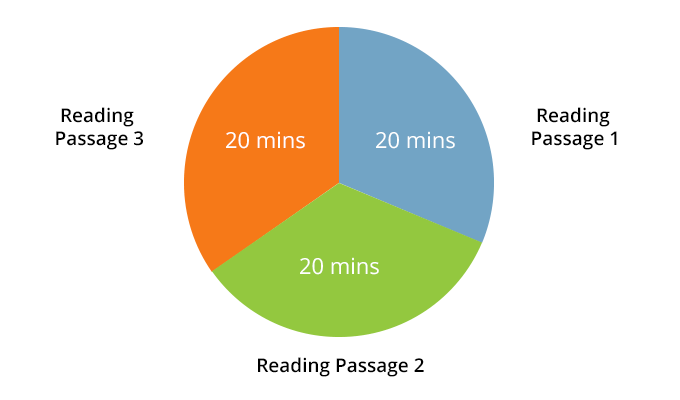Ielts Reading, The IELTS (International English Language Testing System) is one of the most widely recognized English proficiency tests globally, and the IELTS Reading section plays a crucial role in determining a candidate’s overall band score. Whether you’re aiming for academic or general training, understanding how to approach the reading section can significantly boost your chances of success.
What is the IELTS Reading Section?
The IELTS Reading test is designed to evaluate a candidate’s ability to understand and interpret written texts in English. The test lasts for 60 minutes and includes 40 questions, which are divided among three reading passages. The Academic and General Training versions differ slightly in the nature of the texts, with Academic containing more complex and scholarly content, while General Training focuses on everyday English.
Key Features of IELTS Reading
- Three reading passages: Each progressively more difficult.
- Various question types: Including multiple choice, matching headings, sentence completion, and True/False/Not Given.
- No extra time: Unlike the Listening test, you are not given additional time to transfer answers to the answer sheet.
- Strict time limit: You must manage your time effectively to answer all questions.
Common Challenges in IELTS Reading
- Time management: Many candidates struggle to complete all questions within 60 minutes.
- Vocabulary difficulties: Academic words or unfamiliar terms can slow down comprehension.
- Identifying the right answers: Misunderstanding the questions or overthinking can lead to incorrect answers.
- Skimming and scanning: These techniques are essential but often misused or underutilized.
Proven Strategies for IELTS Reading Success
- Improve your reading speed: Practice reading academic articles, newspapers, and journals daily. Focus on skimming for main ideas and scanning for specific information.
- Expand your vocabulary: The more words you know, the easier it will be to understand the passage. Use flashcards, vocabulary apps, and context reading to grow your lexicon.
- Familiarize yourself with question types: Practice each question type separately to understand the specific skills required.
- Practice under exam conditions: Time yourself when taking practice tests to build speed and stamina.
- Highlight keywords: Use underlining or highlighting to mark important parts of the question and passage.
- Don’t get stuck: If you don’t know an answer, move on and come back if you have time.
Academic vs. General Training Reading
- Academic IELTS Reading: Suitable for those applying for higher education or professional registration. Texts are more analytical and complex.
- General Training IELTS Reading: Geared towards those migrating to English-speaking countries. Passages are taken from advertisements, handbooks, and newspapers.
Resources for IELTS Reading Preparation
- Official IELTS practice materials: From Cambridge or British Council.
- Online IELTS platforms: Websites and apps offering mock tests, tips, and progress tracking.
- Reading materials: Use BBC News, National Geographic, and other high-quality sources to simulate test content.
Final Thoughts
Success in the IELTS Reading section comes down to consistent practice, strategic preparation, and a solid understanding of the test format. By improving your reading skills, expanding your vocabulary, and mastering exam techniques, you can approach the reading section with confidence and aim for your desired band score.
You Might Also Like These:

